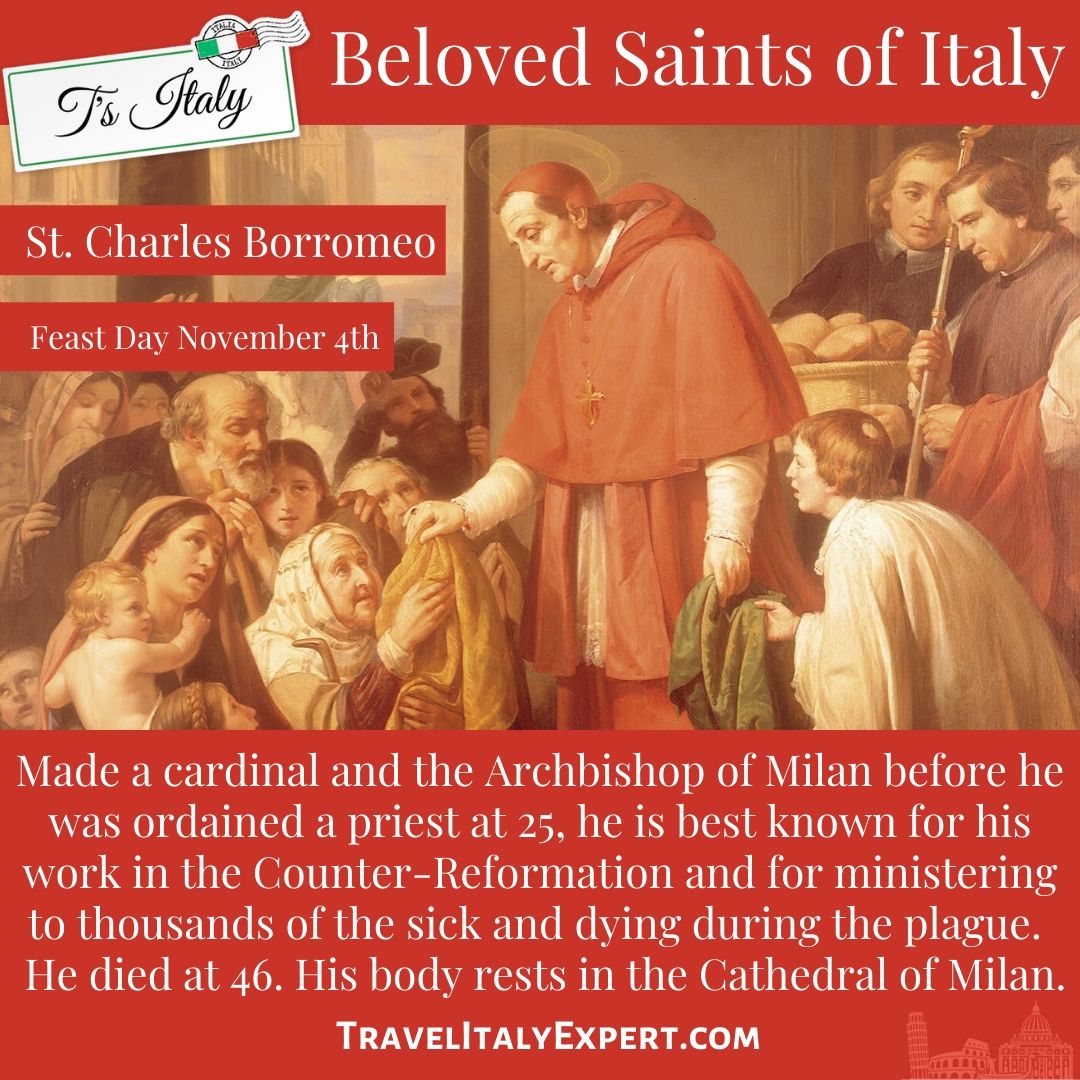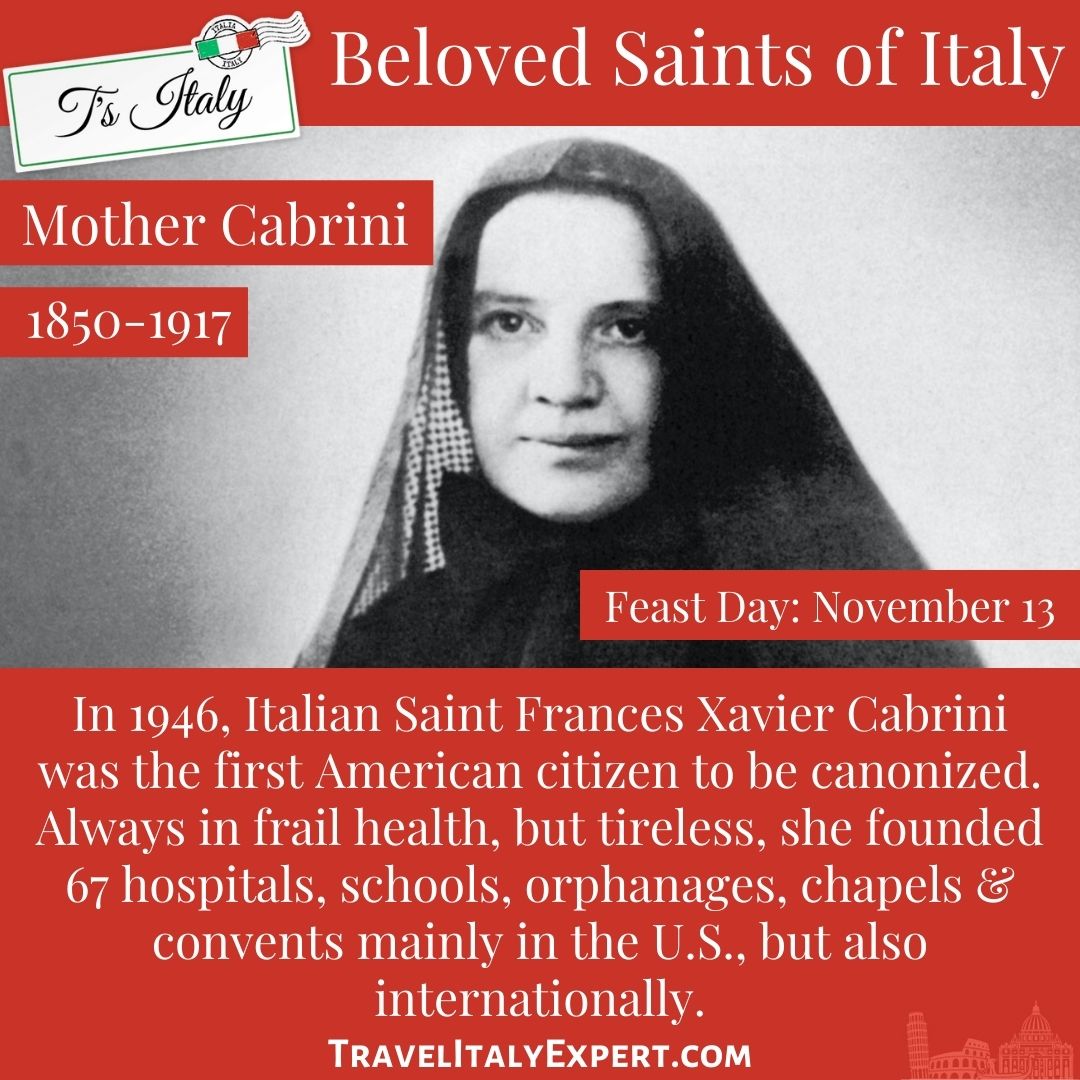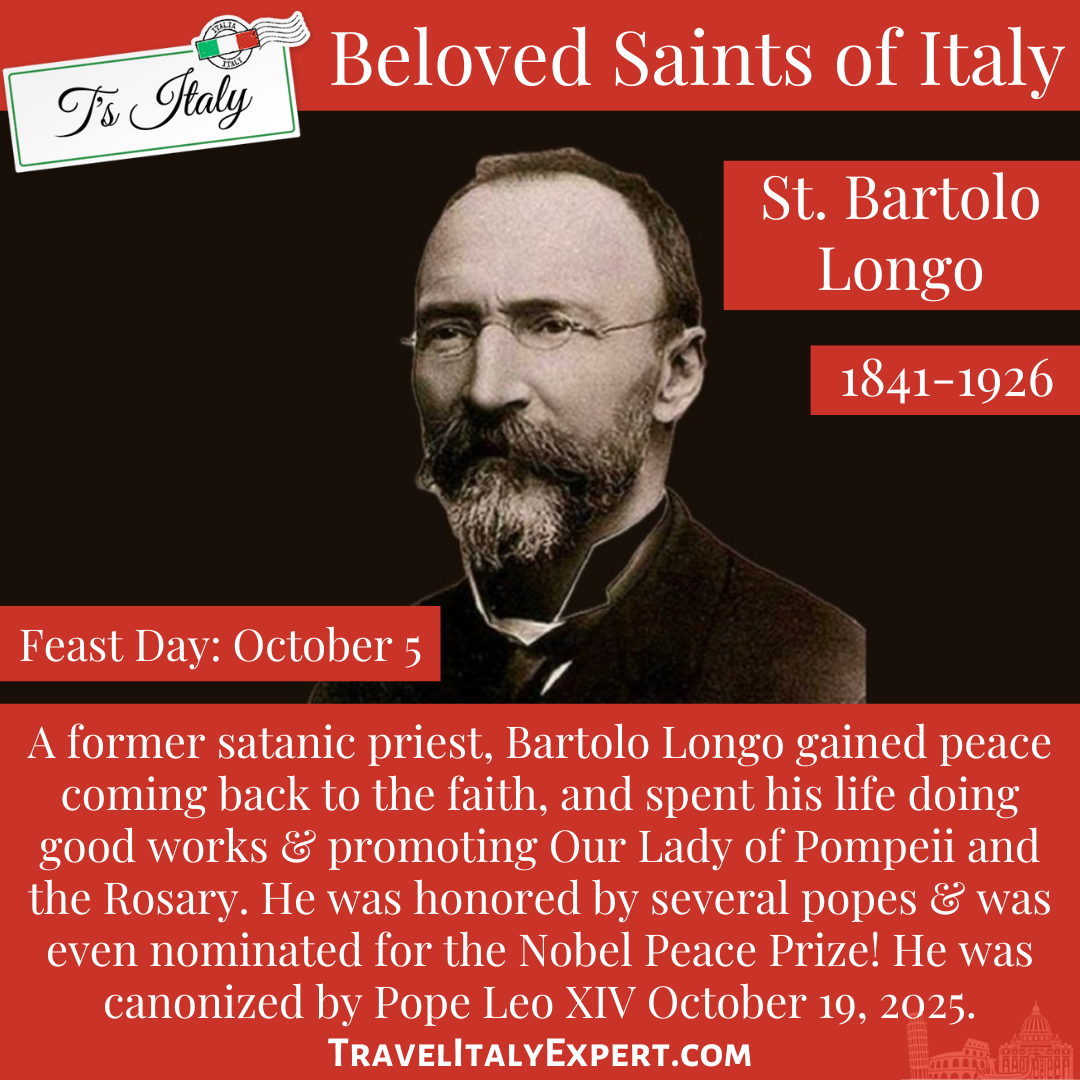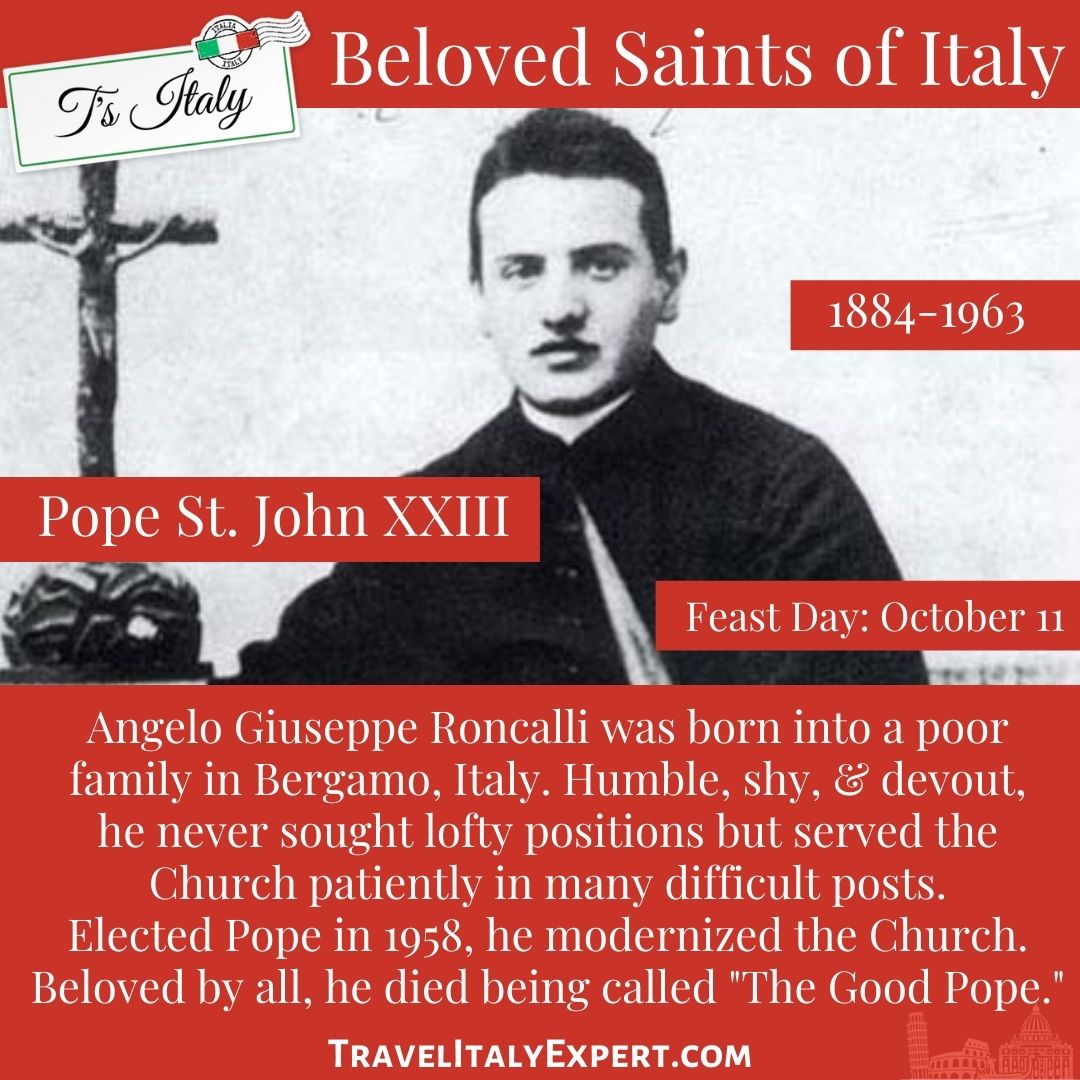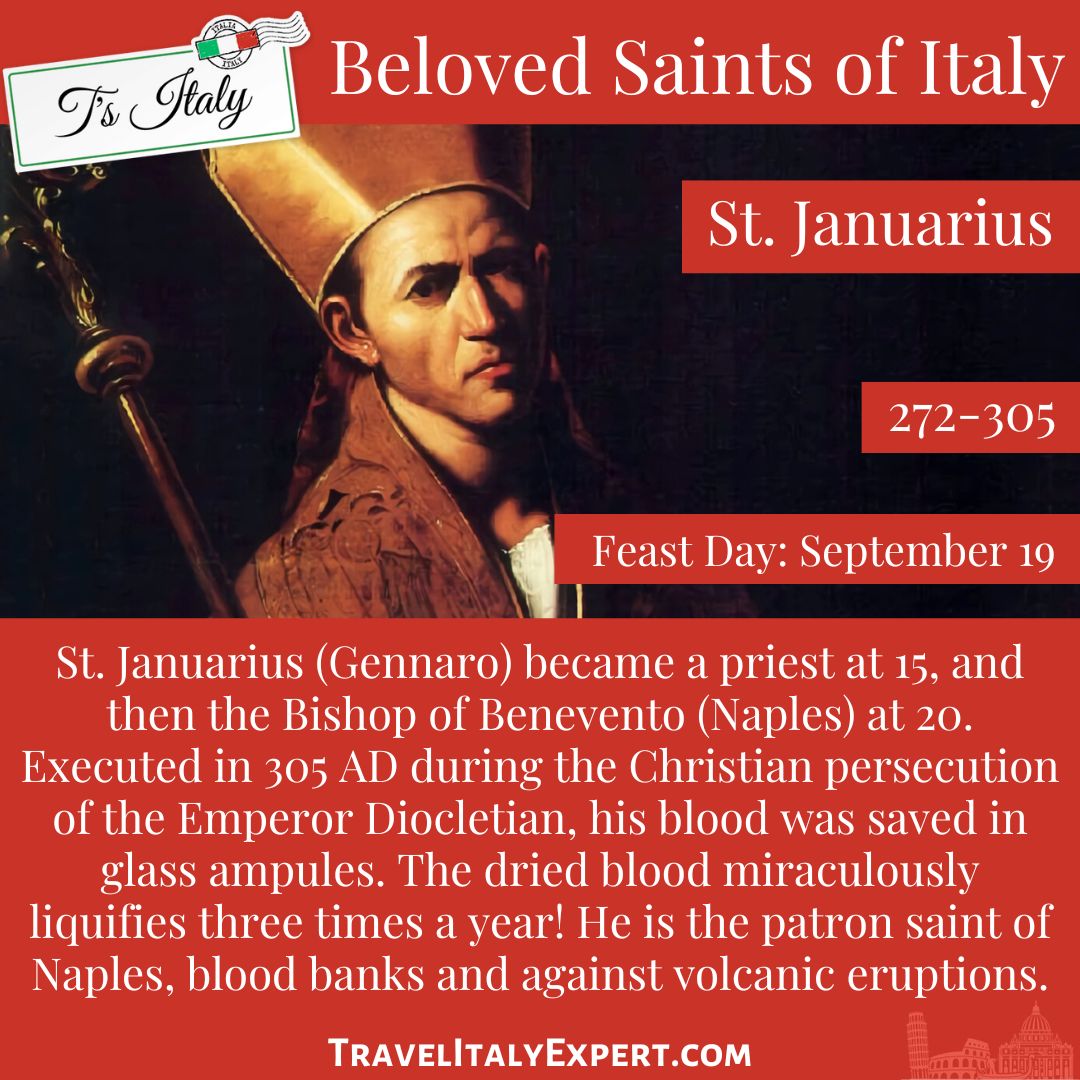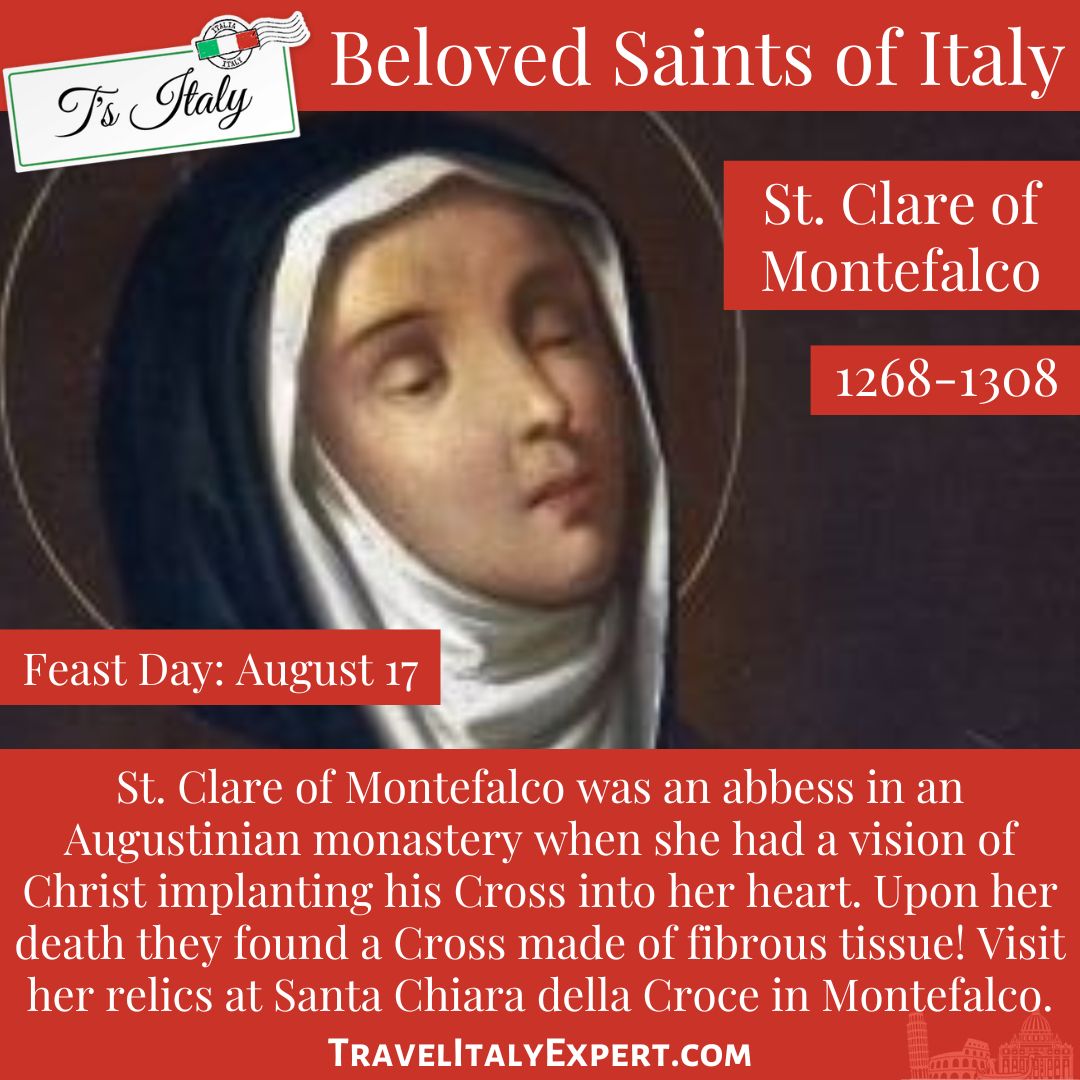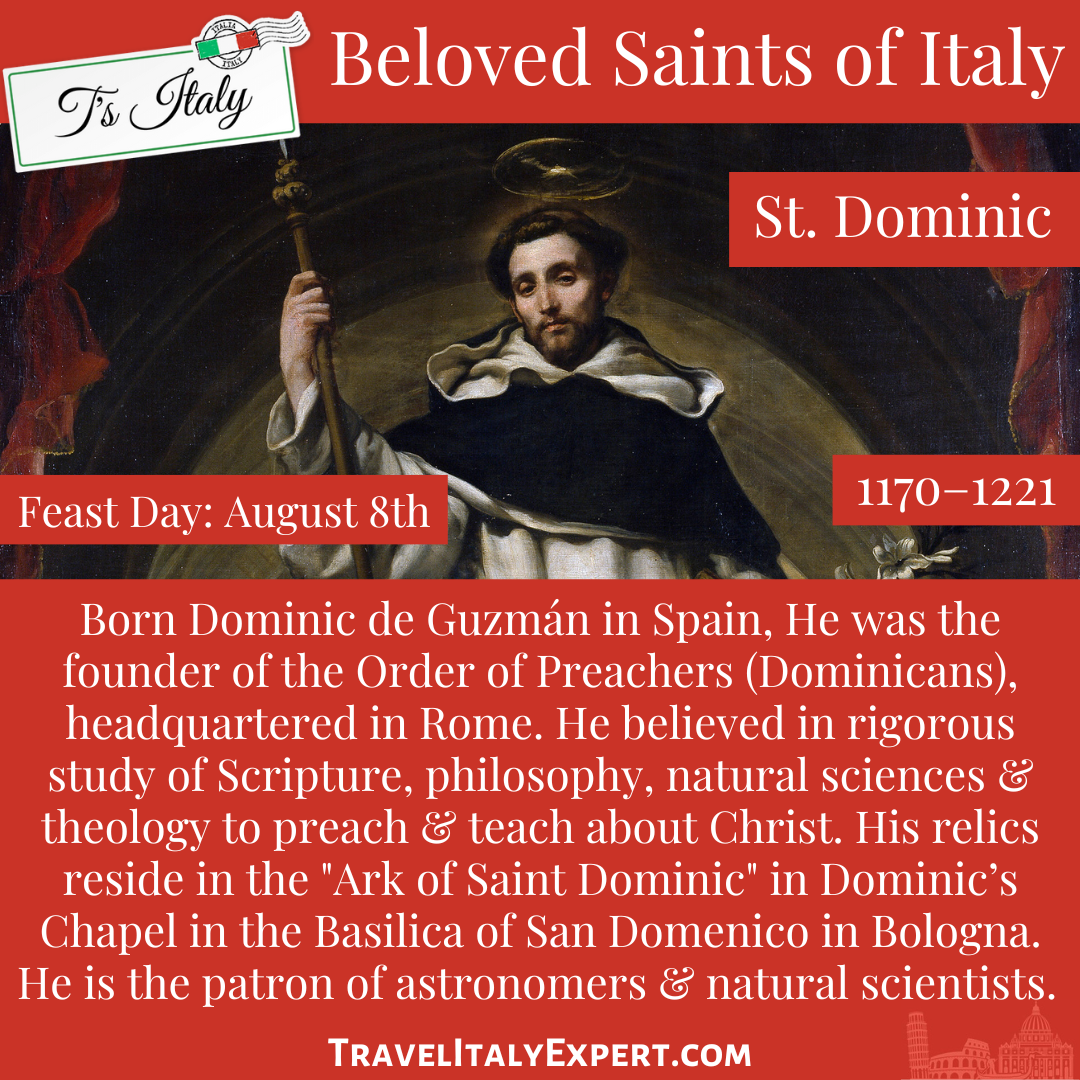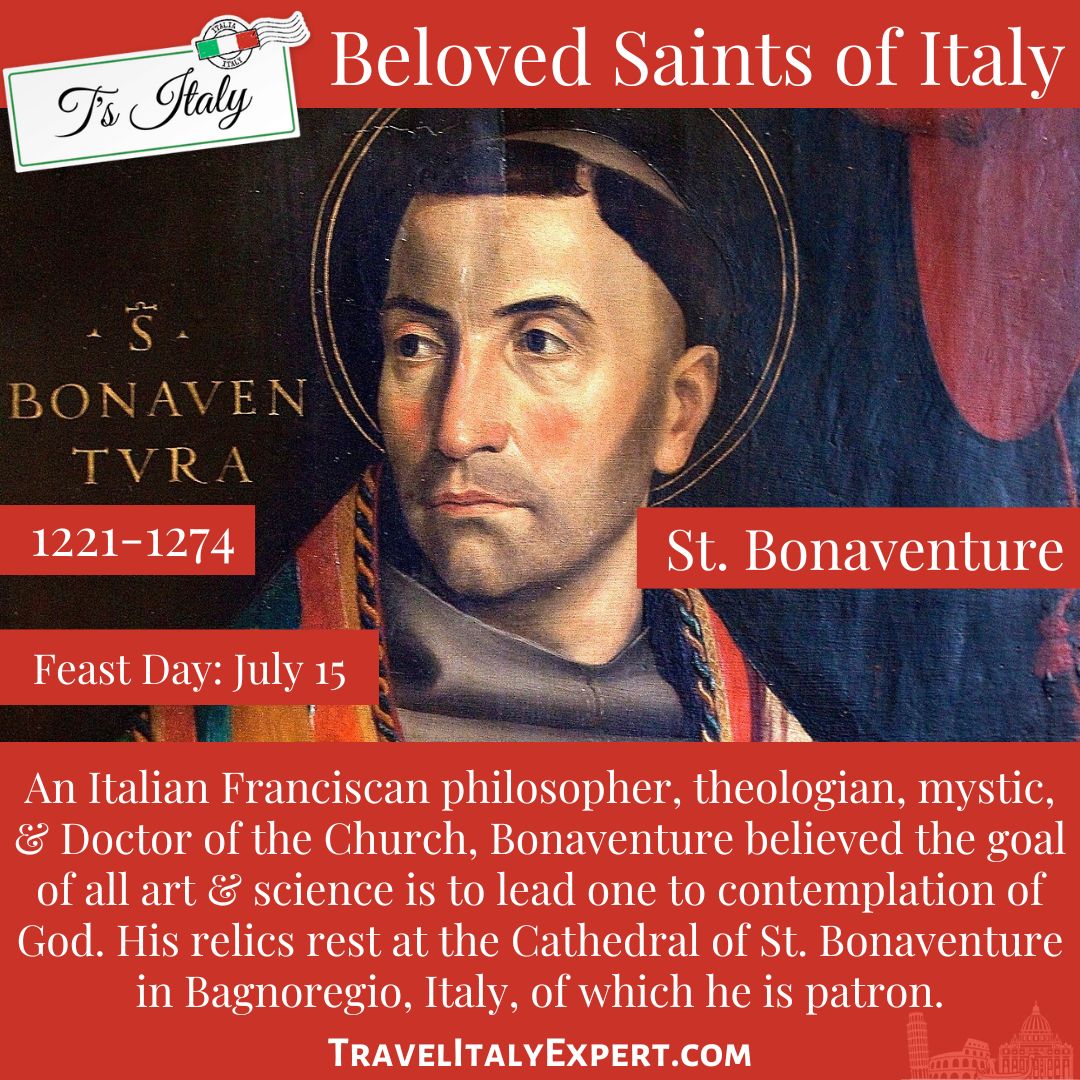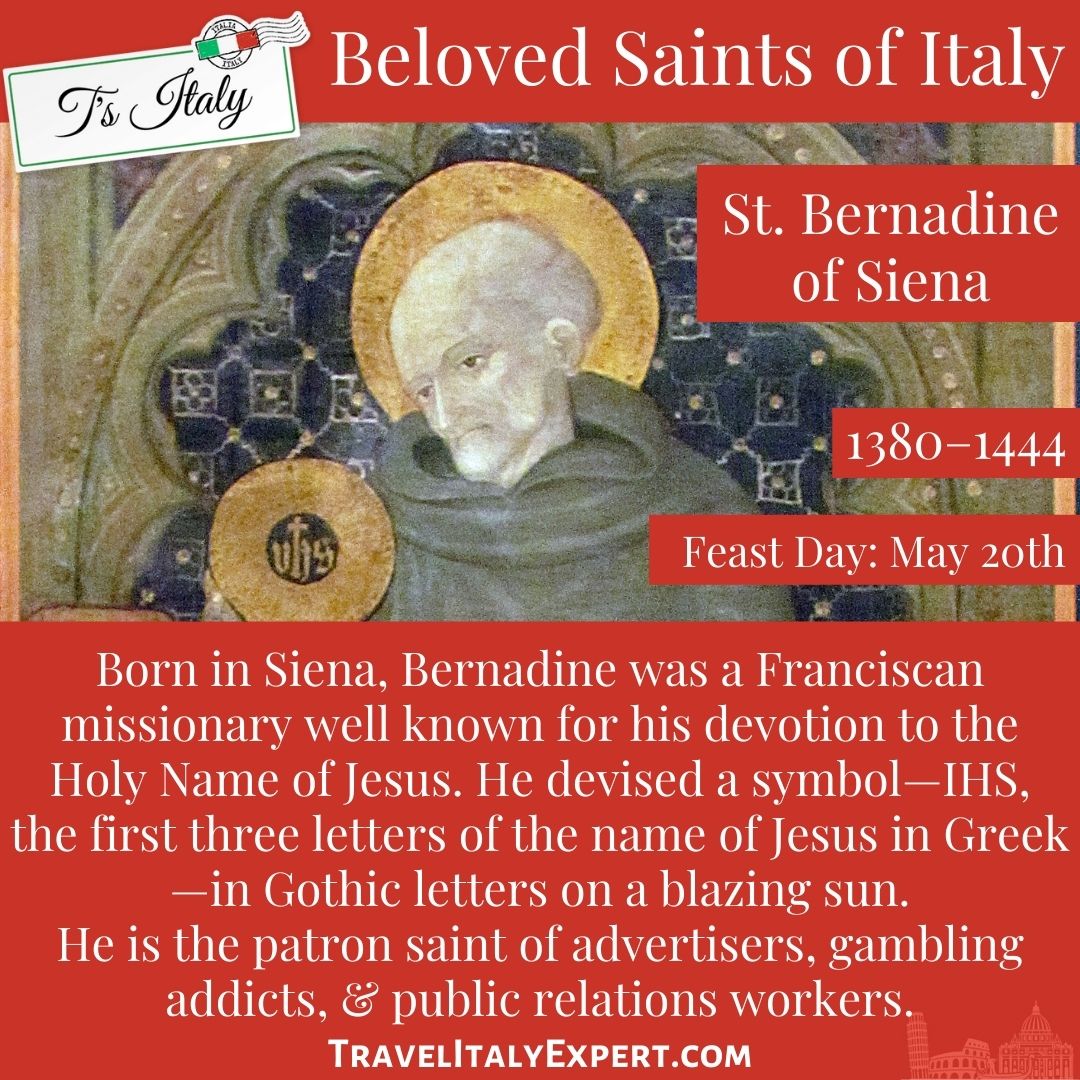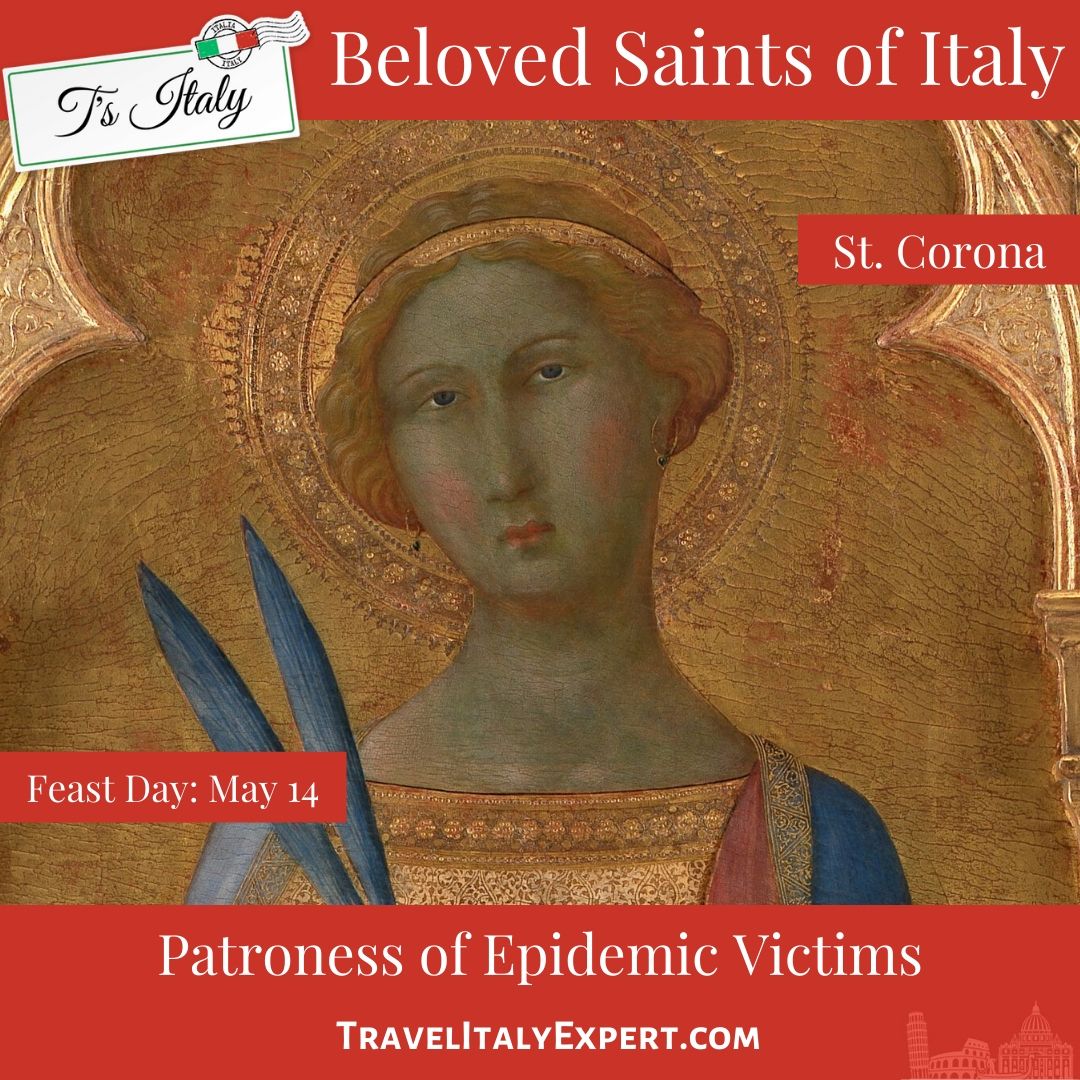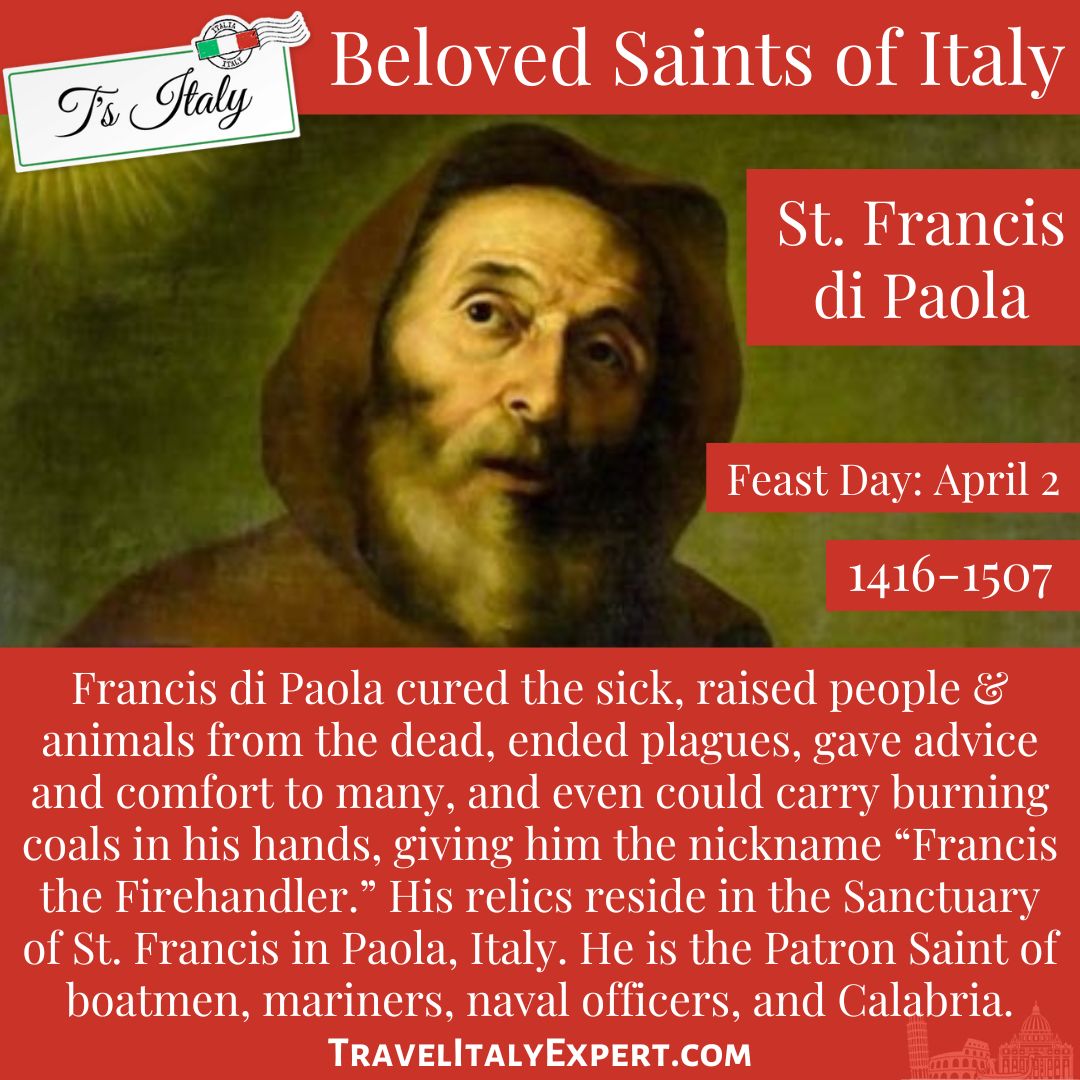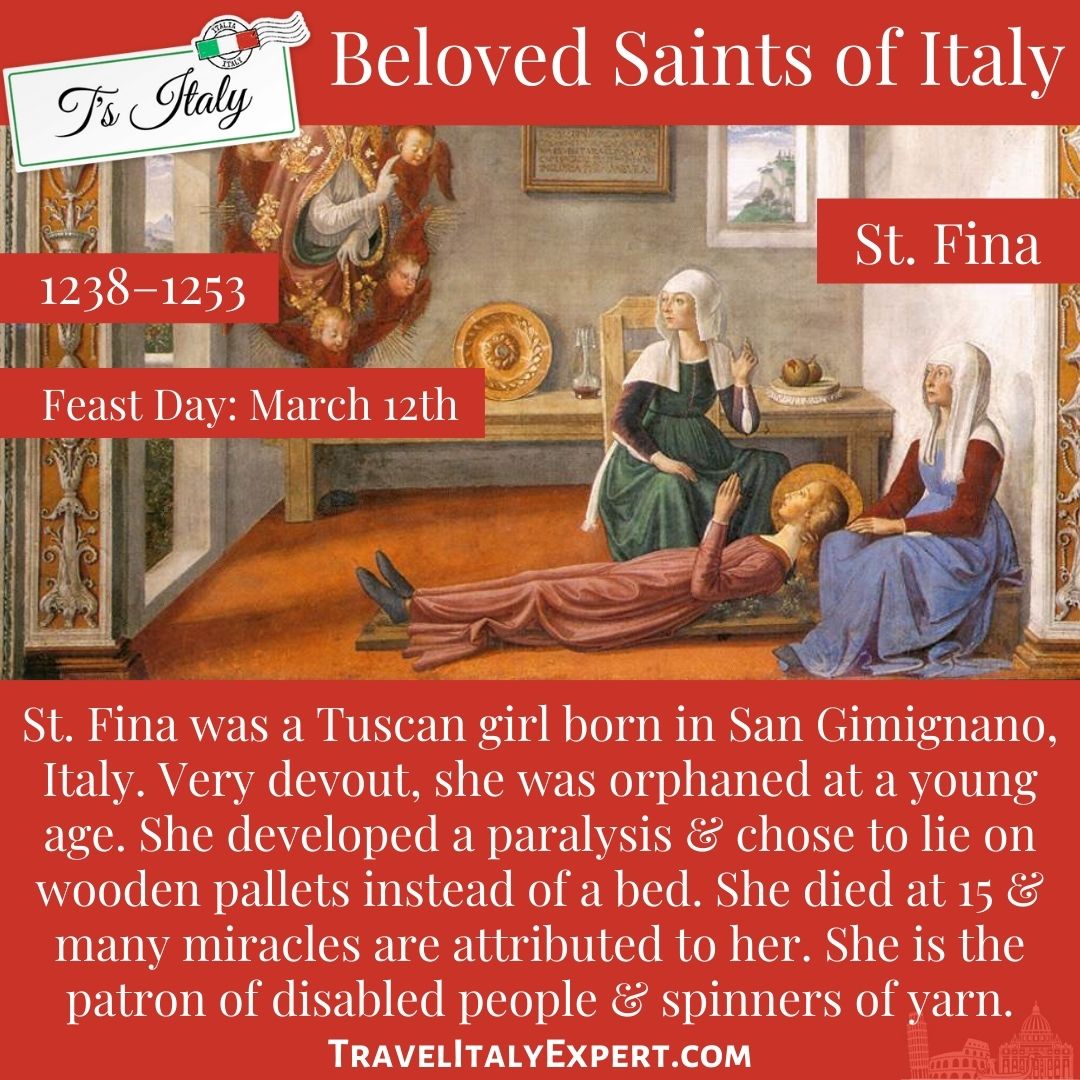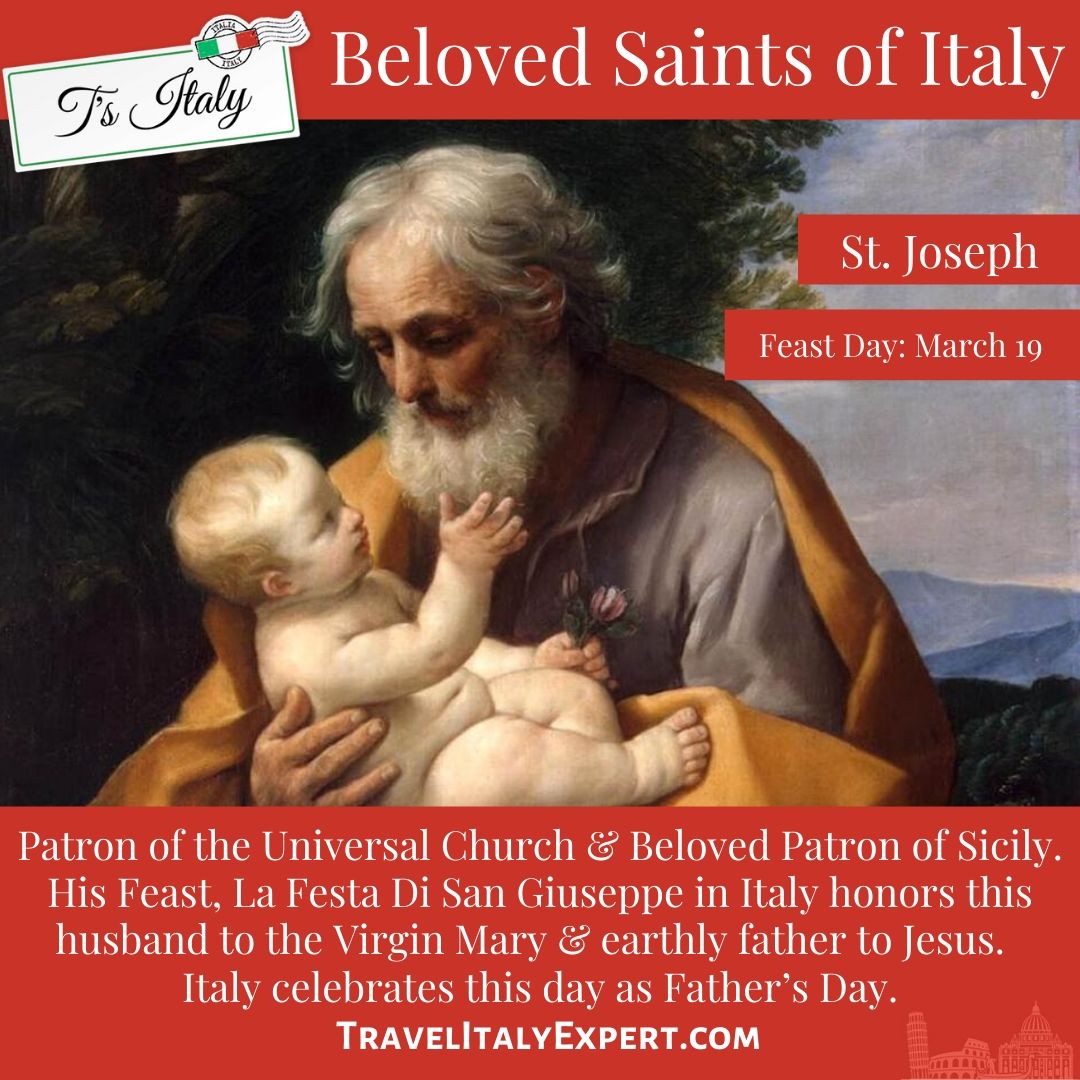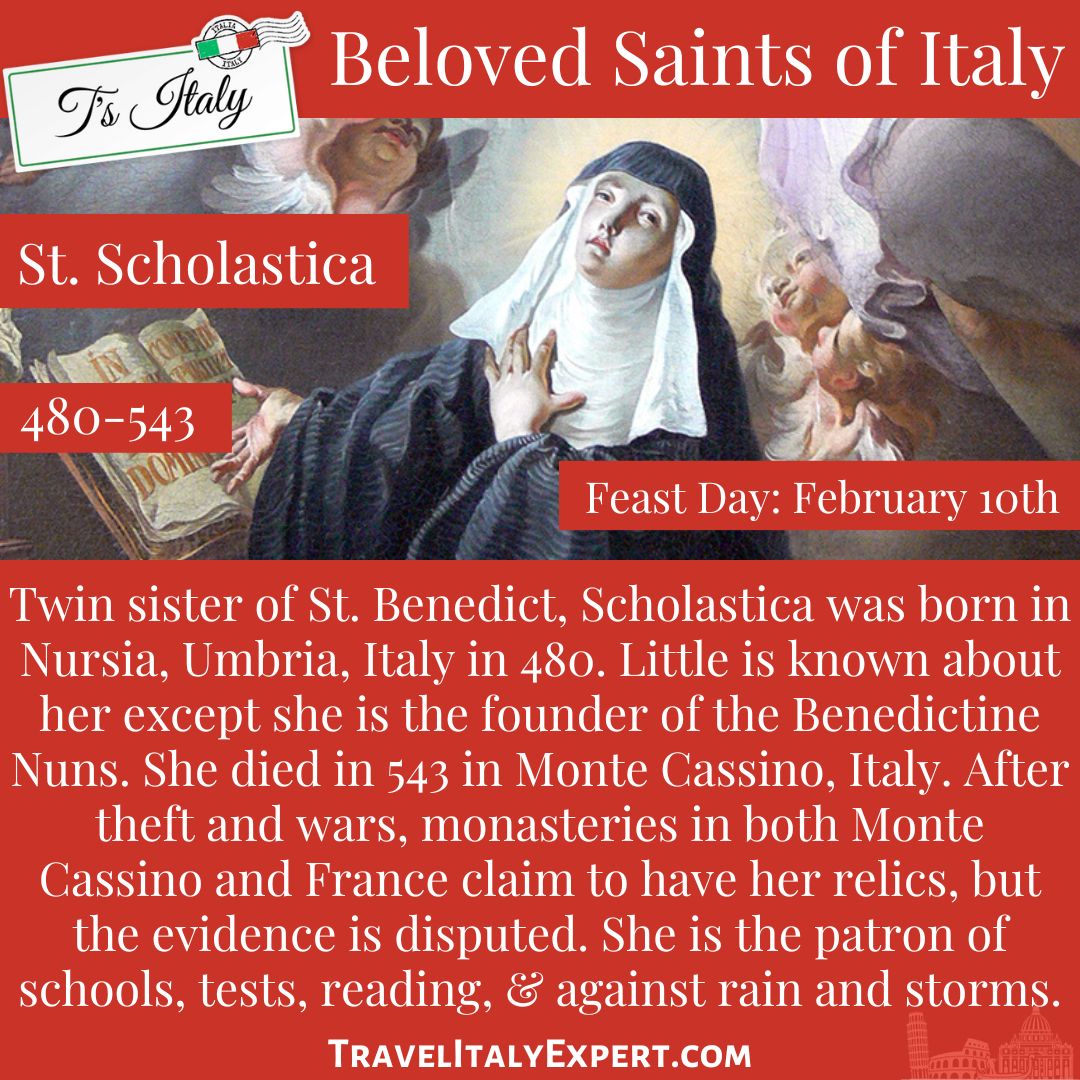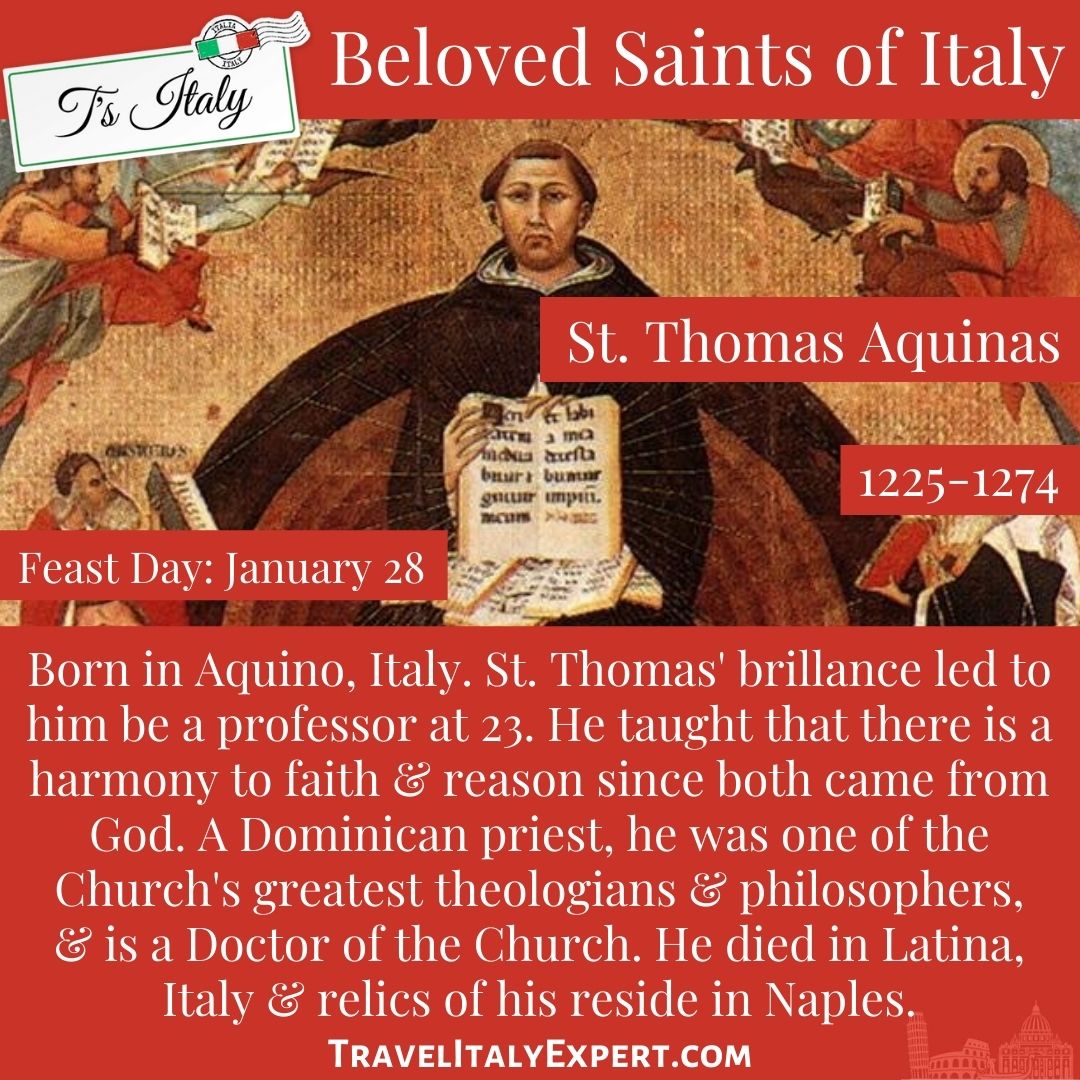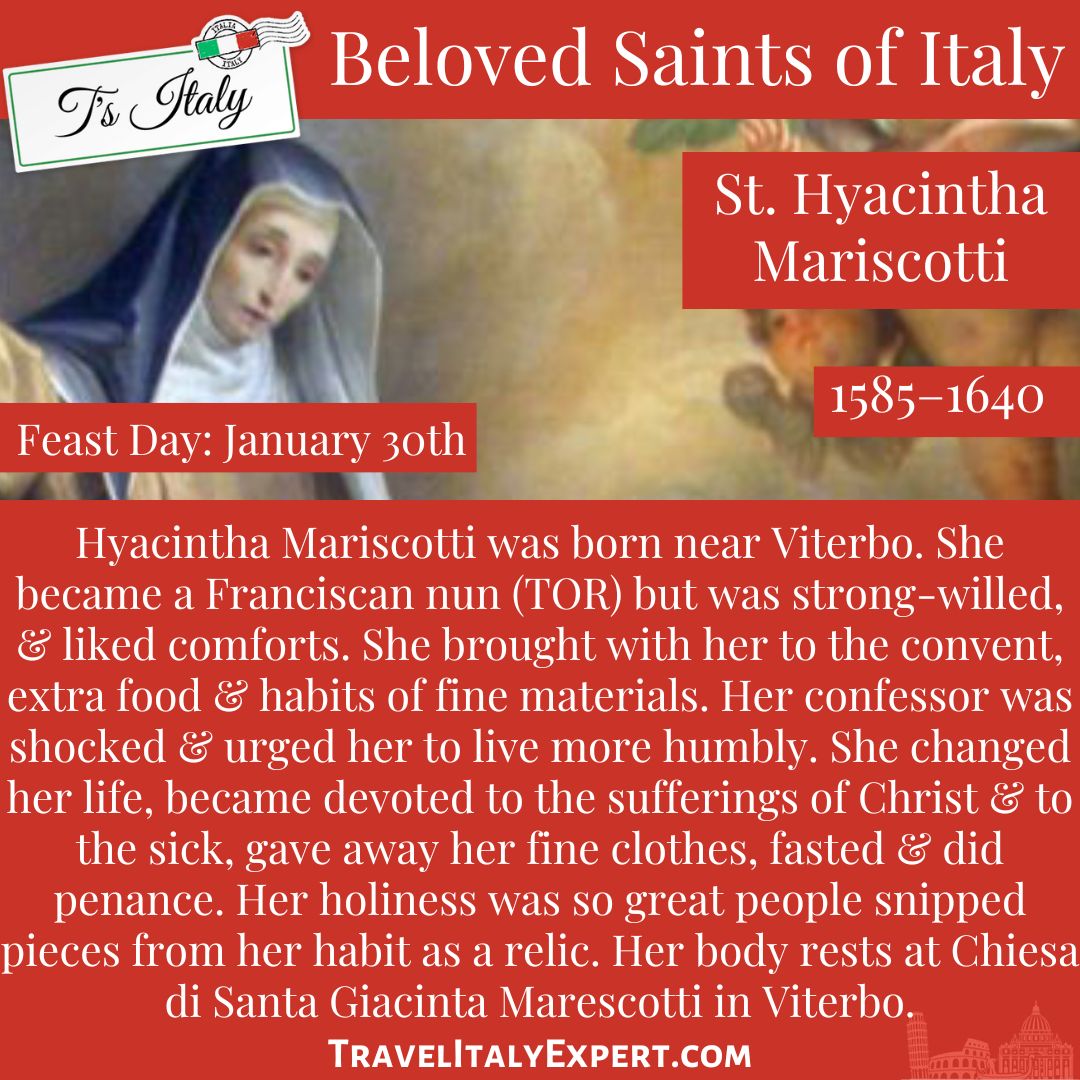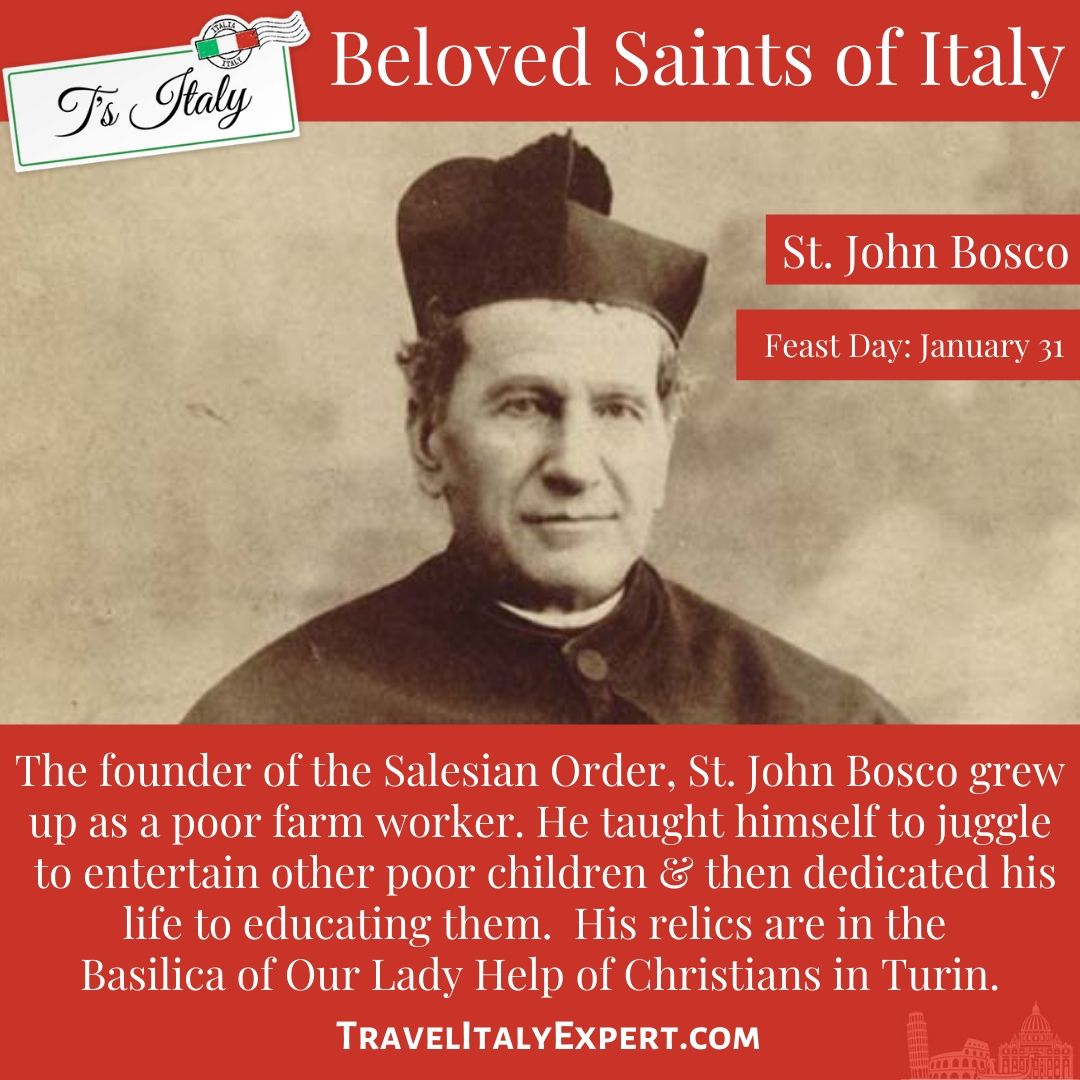
Born to a wealthy, devout family in Brindisi in southern Italy, Bartolo Longo was a brilliant student who lost his way when his mother died when he was ten. While a law student in Naples, he was influenced by nationalist professors who were former Catholic priests, and he turned to the occult and became a satanic priest.
Affected spiritually and mentally from this involvement, his friends led him to a Dominican priest who helped him leave the occult behind, and find peace again within the Catholic faith. He became devoted to praying the Rosary after having a mystical experience of the Blessed Mother urging him to spread the devotion.
In 1871, after two years of penance, Longo became a Third Order Dominican and spent his life helping the poor, creating orphanages, housing for workers and prisoner’s children, building churches, creating a Catholic newspaper, and many other good works. After learning many lay people in the area were poorly catechized and had occult beliefs, he began promoting the Catholic faith, especially the devotion to Our Lady of the Rosary in Pompeii. He is well-known for composing prayers and promoting the 54-Day Rosary Novena, and the belief of the Assumption of Mary.
In 1902, Bartolo Longo was nominated by multiple entities for the Nobel Peace Prize in his drive for world peace, and promotion of social & humanitarian issues, but Longo’s nominations were not seriously considered because he had religious motives. In 1925, a year before his death, he was conferred the title of Knight Grand Cross of the Holy Sepulchre by Pope Pius XI. Pope St. John Paul II called him the “Apostle of the Rosary” and beatified him in October of 1980, mentioning Longo several times in his apostolic letter Rosarium Virginis Mariae in 2002. In February of 2025, Pope Francis approved his becoming a saint, and on October 19, 2025 Pope Leo XIV canonized him. Longo’s feast day is October 5th. His relics reside inside the Shrine of the Virgin of the Rosary of Pompeii in the Campania region of Italy.

Young Carlo Acutis, loved to help people in their need – and help them to love Christ, especially in the Eucharist. He dedicated himself cataloging each reported Eucharistic Miracle in the world, as well as approved Marian apparitions. He died at 15 of Leukemia. A miracle attributed to his intercession occurred when a boy born with a pancreatic defect was healed. He is the patron of youth & computer programmers, because he taught himself how to make websites in the 1990’s when the internet was new. He was recently canonized a saint by Pope Leo XIV in September 2025. His feast day is October 12th.
St. Pier Giorgio Frassati. Born in Turin, Italy in 1901, St. Pier Giorgio was an avid skier, mountain climber, swimmer, and most of all, lover of the poor. He gave up family vacations to help the poor, even giving the up the clothes and shoes he was wearing. When he died at 24 years old of an unexpected and quick case of polio, the streets were filled with mourners, hundreds of the poor followed his coffin. He is still beloved by young Catholics today, and there are Frassati groups around the world to encourage people in their faith and to help the poor. For more info: Read the book, and listen to Teresa Tomeo’s interview with the author about St. Frassati. His feast day is July 4. He was canonized a saint by Pope Leo XIV on September 7th, 2025!
St. Januarius (San Gennaro) was a third century bishop of what is now Naples, Italy. At a time when being a Christian was most times a death sentence, this pious young man became a priest at 15 years old, and was made a bishop at 20. Brave in hiding other Christians during the persecutions of Emperor Diocletian, Januarius was discovered to be a Christian when he visited some others in jail. Sentenced along with a group of other Christians first to be eaten by bears in the amphitheater, they eventually were beheaded in 305 AD. A pious woman collected Januarius’s blood in a container. Eventually, it was transferred to two glass vials and placed in a glass reliquary. This dried blood is famous for miraculously liquifying at special times of the year: in commemoration of the transfer of his relics to Naples (the Saturday before the first Sunday in May); on his liturgical feast (Sept. 19), and on the anniversary of the eruption of nearby Mount Vesuvius in 1631. The city was spared when people prayed for St. Januarius intercession. (Dec. 16). If the miracle doesn’t occur, many in Naples believe it is an omen of misfortune! There are several festivals dedicated to his feast, but the most well know is the Feast of San Gennaro in New York City, held in September for many days around his feast day. He is the patron saint of Naples, blood banks, and against volcanic eruptions.
St. Clare of Montefalco (aka Clare of the Cross) was born in Montefalco in 1268. She became a Secular Franciscan Tertiary as a child, and following her older sister and friends, lived in a monastery built by her father, Damiano. In 1290, since there were not yet Franciscan nuns, they entered strict monastic life as Augustinian nuns. In 1291, after the death of her sister Joan, Clare was elected abbess. On the feast of Epiphany in 1294, Clare went into an ecstasy that lasted for several weeks, sustained by the other nuns feeding her sugar water. During the ecstasy she had a vision of Christ implanting his cross in her heart. After her death in 1308, her heart was opened and in it they found fibrous tissue forming a Cross and the instruments of Christ’s passion. Her incorrupt relics, including her heart where you can still see the Cross, reside at the Santuario di Santa Chiara della Croce in Montefalco. She was canonized in 1881 by Pope Leo XIII. The town of Montefalco, located within the region of Umbria, is a 45 minute drive from Perugia, and is known for its Montefalco DOC wines. Read more about St. Clare, and Montefalco, in my book Italy’s Shrines and Wonders. Her feast day is August 17th.
St. Eusebius of Vercelli was born in Sardinia, Italy in 283. He was the first bishop of Vercelli in Piedmont in northern Italy. His father was a martyr and he suffered exile by strongly affirming the divinity of Jesus & the Nicene Creed, and defending the Church against the Arian heresy. See his connection to the Black Madonna of Oropa by clicking here. He died in 371 & is buried in the Vercelli Cathedral. His feast day is August 2nd.

Considered a “model shepherd,” St. Giovanni Battista Scalabrini was born in Fino Mornasco, in the Province of Como, in the Lombardy region of Italy, near the border with Switzerland. He burned with zeal for God & his people. Pius IX called him the “Apostle of the Catechism.” As bishop of Piacenza, he exhausted himself spreading the catechism, love for the Eucharist, and tending the sick & poor, especially Italian emigrants forced to leave to other countries to survive. He started new religious orders, reformed seminaries, comforted prisoners, saved farmers and workers from famine by selling his valuables, chalice, and his horses, and afterward walking on foot to visit the people of his diocese. Pope Benedict XV thought of him as a “bishop beyond compare.” His last words were: “Lord, I am ready, let us go.” This amazing saint was newly canonized in October 2022. His relics reside in the Piacenza Cathedral in Piacenza, Italy, Province of Piacenza, Emilia-Romagna Region. He is the patron of Italian immigrants, missionaries & catechists. His feast day is June 1st. For more information about St. Giovanni click here.
St. Bona of Pisa. Born in 1156 to an unmarried couple and raised by her mother after her merchant father left them when she was three. Bona became a mystic and visionary as a child and experienced visions of the child Jesus, the Blessed Mother and St. James the Greater. She became a tertiary to nuns that followed the Rule of St. Augustine at 10 years old and fasted from a young age. At 14, she traveled to Jerusalem from Pisa to find her father whom she was told was on Crusade. She found him, but on her return, she was captured, wounded, and imprisoned by Islamic pirates. She was eventually ransomed and returned home. She soon left for a dangerous pilgrimage to Santiago de Compostela, and gave spiritual and physical aid and courage to other pilgrims. Over her lifetime she led pilgrims nine times on the grueling 1000-mile journey to Santiago de Compostela and Spain. She died in Pisa in 1207. Her relics reside in the Church of San Martino, Pisa, Italy, Province of Pisa, Tuscany Region. Bona was canonized in 1962 by Pope John XXIII. She is the patron saint of travelers, tour guides, pilgrims, flight attendants, and the city of Pisa, Italy. Her feast day is May 29th.
St. Francesco di Paola was born in 1416 and grew up in a devout family in Paola. At 15, he moved to a cave to live as a hermit. By 1436, enough men had also come to live in solitude to found a religious order, which later became the Minims. They vowed poverty, chastity, obedience, and year-round abstinence from meat and other animal products, to encourage fasting among the laity during Lent. He cured the sick, raised people and even animals from the dead, ended plagues, gave advice and comfort to thousands of people, and even could carry burning coals in his hands, giving him the nickname “Francis the Firehandler.” The famous sanctuary where he lived as a hermit is among the most popular tourist destinations in Calabria. In 1562, vandals raided his tomb, destroyed his incorrupt body, and scattered the remains. People gathered the relics, which were given to several churches, including one in Paola. He is the patron saint of boatmen, mariners, naval officers, and Calabria. His relics reside in the Sanctuary of Saint Francis of Paola, in Paola, Italy, Province of Cosenza, Calabria Region. His feast day is April 2nd.


Born in a noble family in Milan in 339 AD, St. Ambrose lost his father young, and he was raised by his mother and his sister who was a consecrated virgin. He was an accomplished scholar, wrote what are considered masterpieces in Latin, was a poet, so masterful in music his hymns are still sung today, an orator, lawyer, and eventually governor. He so impressed the citizens of Milan that they chose him as their Bishop at 35 years of age, even though he wasn’t even baptized. He went from unbaptized to Bishop in eight days. Becoming a Bishop he gave all his wealth to the Church.
It is St. Ambrose that said the famous quote, when discussing fasting, “When you are in Rome, live in the Roman style; When you are elsewhere, live as they live elsewhere.” His sermons were so profound they converted St. Augustine, whom he later baptized. His teachings were so influential on the Church that he was named one of the four great Latin “Doctors of the Church” (Along with Augustine, Jerome, and Gregory the Great.) There are only 38 total Doctors of the Church. He died in 397. He is the patron saint of Milan and beekeepers. His feast day is December 7th.

Catholic Online Saints and Angels Info
Want to learn more about Catholicism? Click on my Faith page.
Photos: Wikimedia Commons

